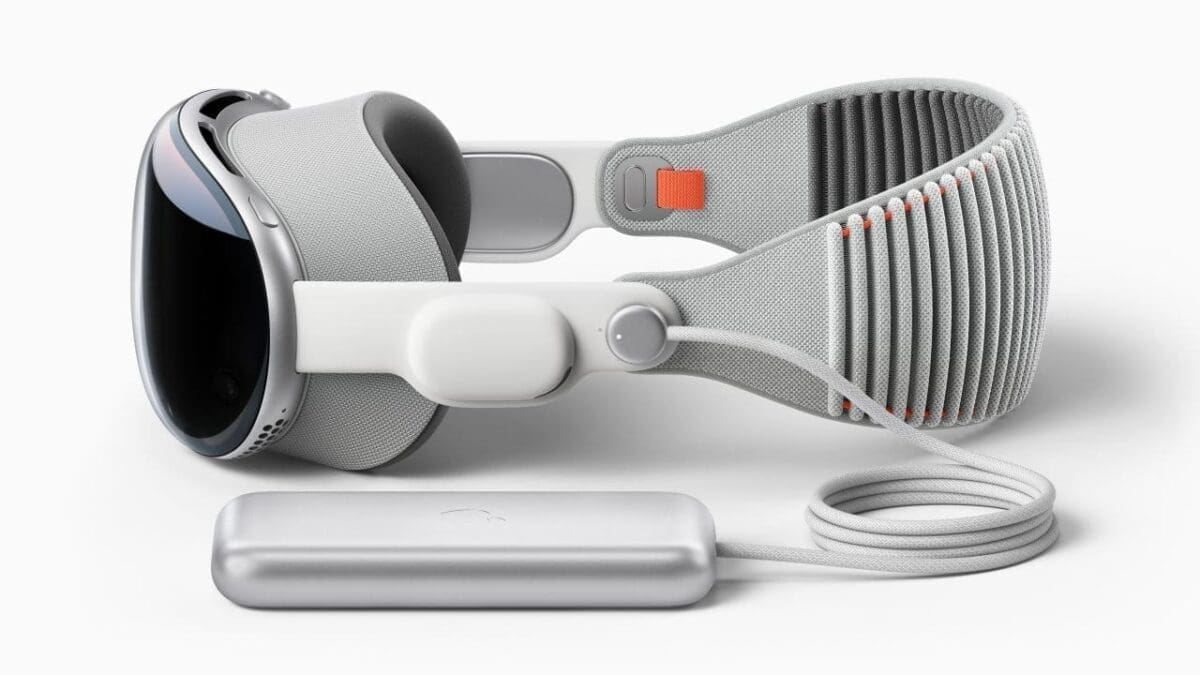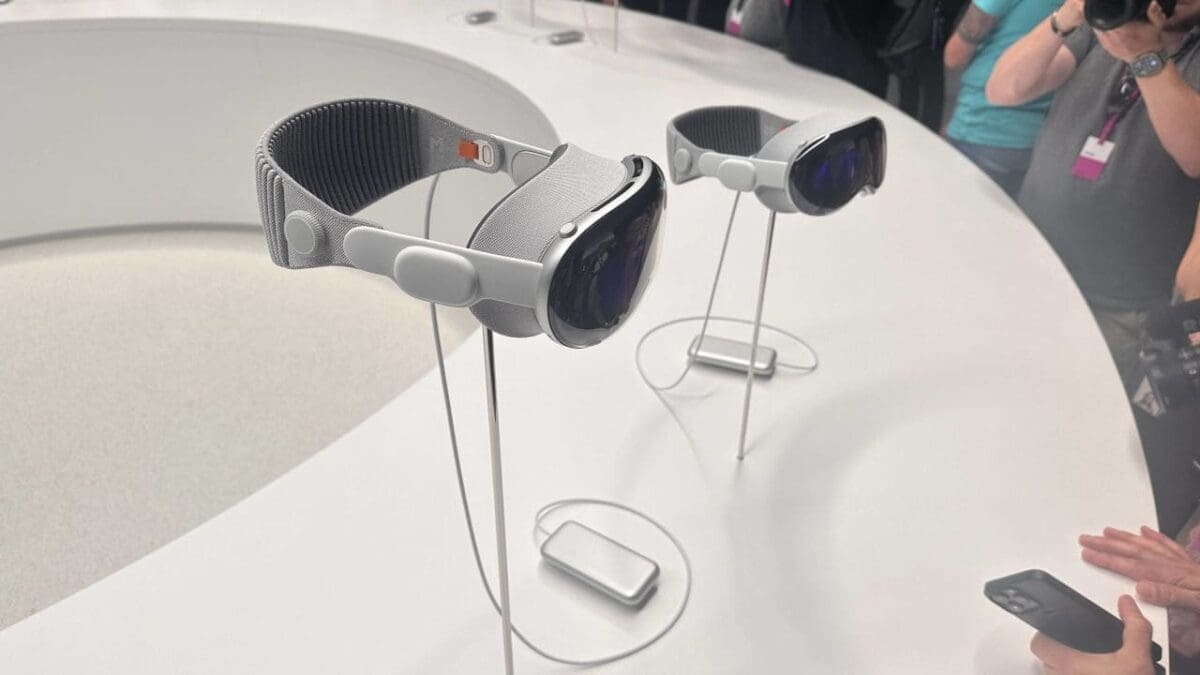Apple Inc provided analysts and media, with an exclusive hands-on experience with its new $3,499 Vision Pro headset on Monday. The device is clearly not intended for the mass market yet, as setting it up requires a session with Apple staff and a visit with a vision specialist. The hefty price tag is likely to deter all but the most dedicated Apple fans and business users.

Rather than launching a consumer version first, Apple has opted to start with the premium tier, aiming to bring prices down as the technology matures, according to Carolina Milanesi, an analyst with Creative Strategies. The company seeks to challenge Meta Platforms Inc in the emerging headset market, which has been largely dominated by video games.
The Vision Pro features a “digital crown” similar to an Apple Watch, allowing users to fluidly transition between the real and virtual worlds. Experiences like walking around a room or watching a virtual butterfly land on one’s hand feel natural. However, the device experienced a glitch, requiring a reboot and highlighting some remaining issues to be ironed out.
Key takeaways from the demonstration include:
- Real-world presence: The default mode displays the outside world in full color, with exterior cameras detecting nearby humans and materializing them in the virtual environment.
- Hollywood potential: Apple showcased “immersive videos” shot with proprietary cameras, allowing viewers to step inside and explore the scene.
- Startling realism: The level of realism in the headset can evoke strong emotions, but it can also draw attention to mundane details that seem out of place.
- Business focus: Apple demonstrated multi-tasking and virtual object sharing between users during conference calls, features that could find use in the corporate world, where the Vision Pro’s price tag would be less of a concern.
- New video call experience: FaceTime calls between headset users involve complex technology to project the caller’s image, creating a virtual persona with facial expressions based on pre-loaded pictures, eye-tracking data, and hand-tracking cameras. This can result in an “uncanny valley” effect, where faces appear human-like but slightly off, potentially causing unease.
As Apple continues to develop its Vision Pro headset, it remains to be seen how the technology will evolve and what impact it will have on both the consumer and corporate markets.




